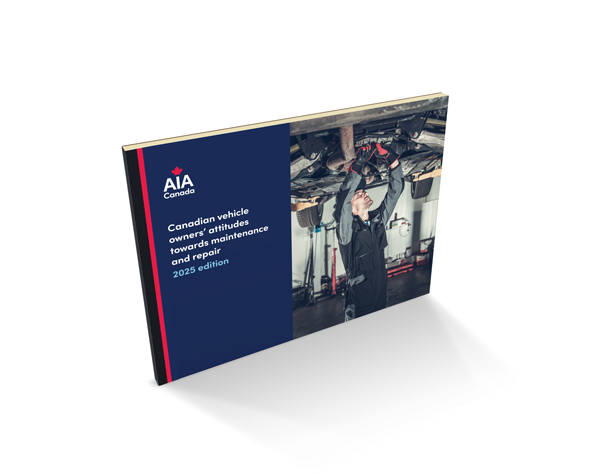
As tariff talks continue south of the border, the group representing companies that keep vehicles on the road are pressing policymakers to remember the uniqueness of the aftermarket, an industry that matters just as much as new car manufacturing.
Paul McCarthy, president of MEMA Aftermarket Suppliers, used a recent Q3 media call to highlight the unique challenges facing the aftermarket sector as governments focus on tariffs and trade policy. He said the aftermarket is often overlooked in favour of the original equipment (OE) side of the auto industry.
“Many of the government’s efforts often seem to be focused on luring automaker plants back to the U.S.,” he explained. “The aftermarket and suppliers and Main Street consumers, we need to be protected from any crossfire from that. And when the administration thinks of automotive and trucks, they need to understand the distinct needs and challenges of the aftermarket and of its suppliers.”
McCarthy pointed out that not all parts can be sourced domestically, a reality that complicates efforts to boost U.S. manufacturing.
“There are certain parts and inputs that can’t be sourced from the U.S., either at all or in sufficient quantity or quality,” he said, further calling for stronger supplier networks and manufacturing domestically.
It’s an uphill battle getting the aftermarket’s voice heard by policymakers. In the beginning, the strategy was focused on education, With some persistence, the aftermarket was able to tell its story and there was a willingness to listen to the pain points.
“All kinds of ideas were discussed, even tariff relief where appropriate — including for aftermarket parts, and consumers that rely on us, certainly help for our exporters that’ve been hard hit,” McCarthy said. “And steps to increase competitiveness because we know, in the long run, that is where the battle will be won or lost.”
Despite some progress, McCarthy cautioned that expectations should be managed.
“What the administration is interested in, what they’re responding to, is what grows U.S. manufacturing, which is certainly an important portion of the aftermarket supply chain, but certainly not all of it,” he added.
Image credit: Depositphotos.com













Leave a Reply